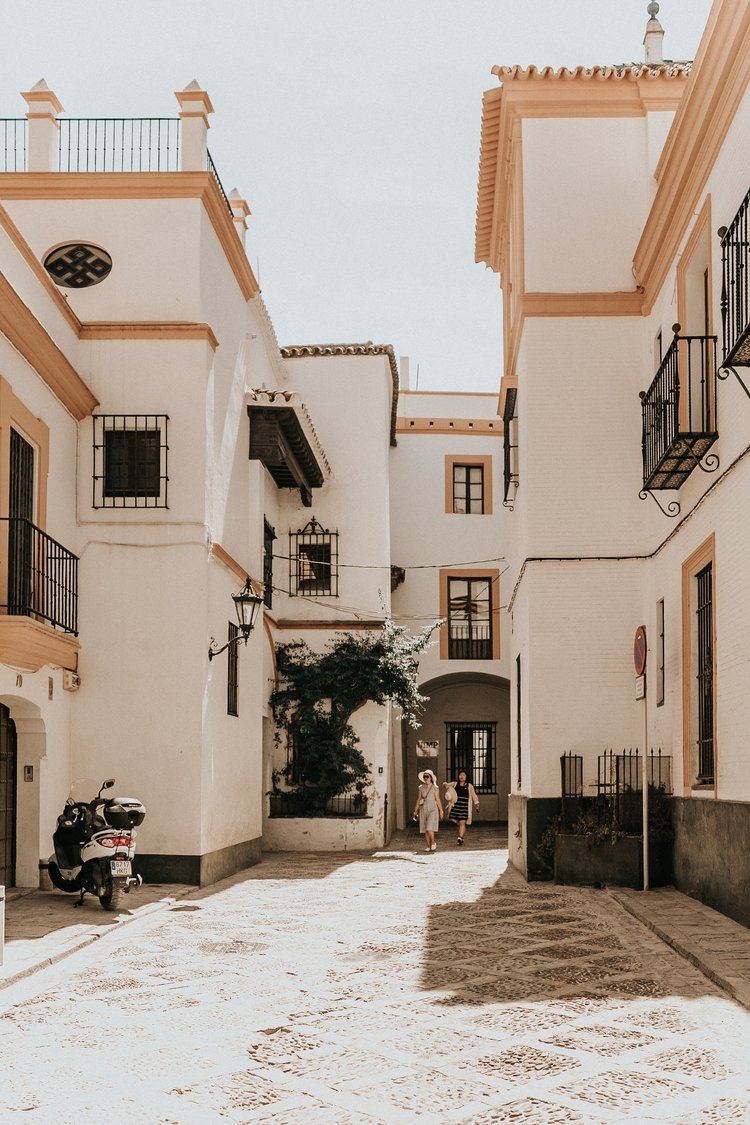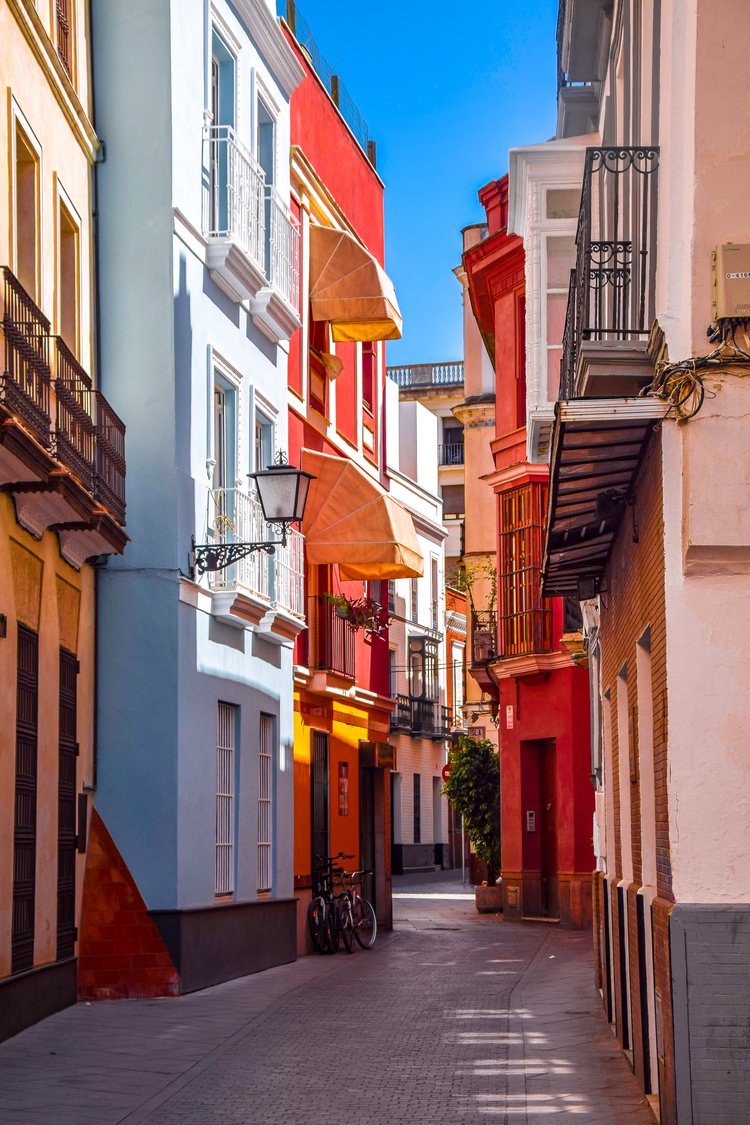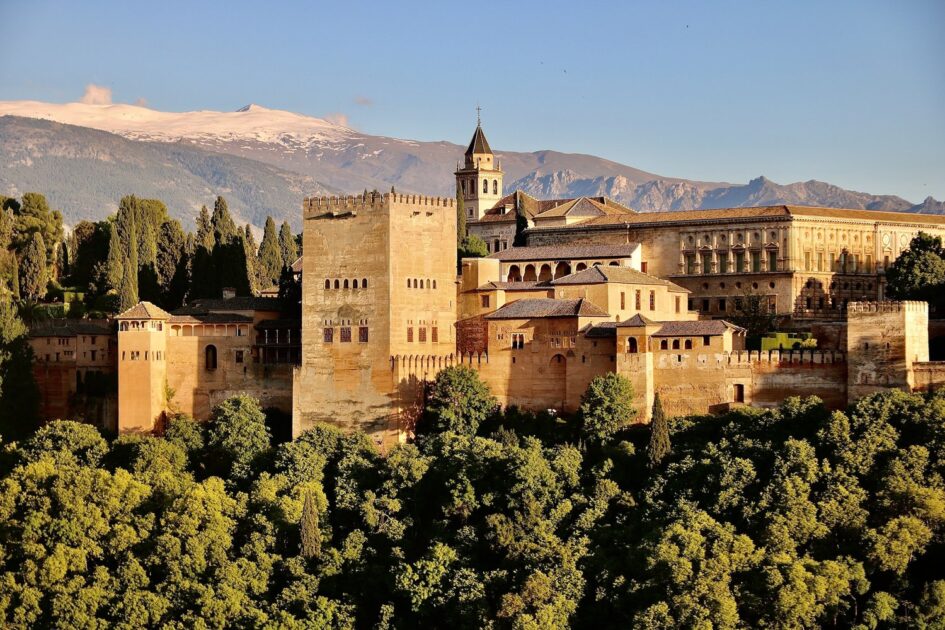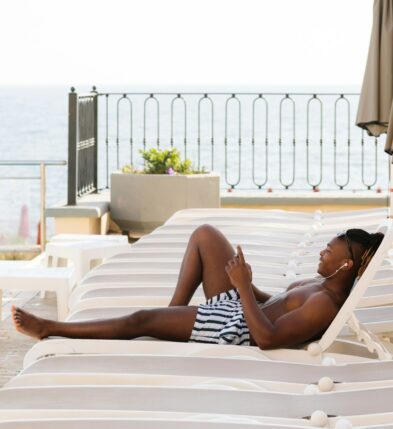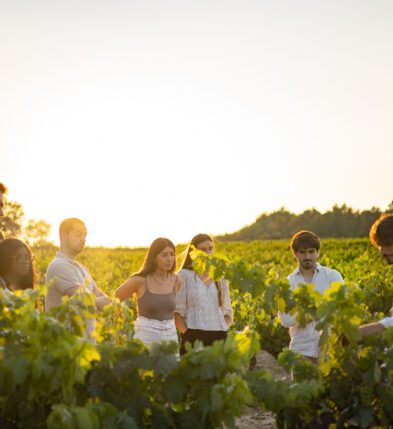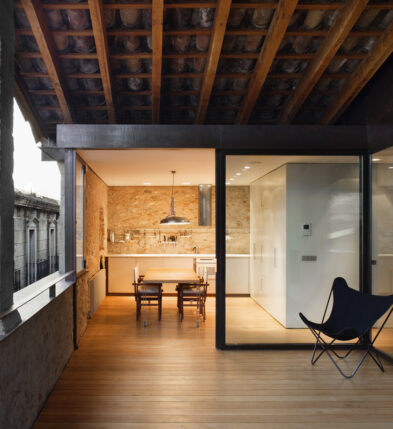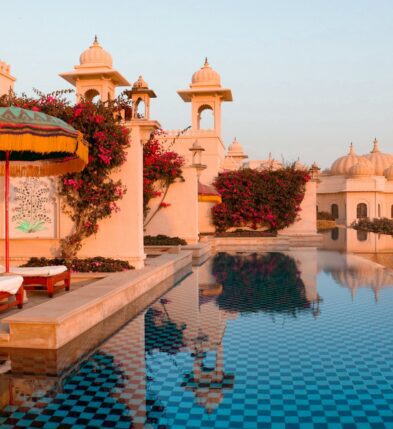Genuine Andalusia is a leading Spanish company in tourism and travel. The company’s primary location is in the south-west part of Spain, Seville and Jerez de la Frontera to be exact, but have extended their tours to the whole region of Andalusia, with options to explore a little further into the north of Morocco and neighbouring Portugal.
Owner and personal tour guide Iván Ricoy believes in providing authentic and immersive cultural experiences. Having spent most of his childhood years in the province of Cádiz, Iván has a passion for his home region of Andalusia. He loves to take visitors off the beaten tracks to embark on a serendipitous experience, both realized and projected with precise planning.
We completed an excellent two-day itinerary that included a custom day tour of the old city of Cádiz, an afternoon in the white village of Vejer de la Frontera, and a day tour in the marvellous city of Seville. We will never forget the first time we met Iván; we were picked up from the town of El Puerto de Santa María at Hotel Duques de Medinaceli early in the morning and had breakfast at Bar Vicente Los Pepes, a traditional bar/café in the town centre.
CÁDIZ

We had a glorious drive through the old town and were taken to the historical city of Cádiz to begin the Colonial Cádiz tour. The first known navigators to reach these shores were the Phoenicians, giving it the old name of Gadi, meaning ‘enclosed or fortified enclosure’. The city rises from the headland in the Gulf of Cádiz, and upon crossing La Pepa Bridge (or Puente de La Pepa in Spanish), you can see how the city is almost an island connected by two bridges and a narrow strip of land made up of beaches. For many years, Cádiz held the monopoly of all trade with the New World, and we had the chance to see some of the treasures for ourselves.
Cádiz is considered the oldest continuously inhabited settlement in Europe, dating well past the legends of ancient countries such as Cyprus, Malta or Turkey. The city, as well as the region of Andalusia, was under Moorish rule between 711 and 1262. Spain’s first liberal Constitution was signed here in 1812, marking a critical step in making it what it is today. Moorish architecture in the city still stands strong and is protected by the city halls and regional government.
Now well into the 21st century, the ancient centre, surrounded almost entirely by water, is a romantic hodge-podge of sinuous streets where Atlantic waves crash against eroded sea walls, municipal beaches stretch for miles, and rambunctious taverns echo with the sounds of cawing gulls and frying fish. We visited the strong-standing Santa Catalina Castle, a fortress overlooking the sea. The castle is a fine example of the military architecture of the Modern Era and has survived to the present practically intact. This fortress has become a must-visit multipurpose recreational and cultural venue. Iván guided us to the Cádiz Museum of Fine Arts & Archaeology, the beautiful Iglesia Convento de San Francisco, and the upper chapel in the oratory of Santa Cueva where you can see three works of famous painter Francisco de Goya.
After a brilliant morning stroll in the old city and visiting historical sites, Iván took us to eat at Taberna El Manteca for tapas. This bar is the essence of the local gastronomy scene in the city; fish have been collected early in the morning, with locals desperately squeezing themselves through the crowd to get a plate of sea urchins, cazón en adobo (marinated dogfish) and tortillitas de camarones (fried baby shrimps).
Cádiz is talked fondly of its seafood, so Iván can suggest dozens of places to eat if you plan to be back again. We personally recommend you try the breakfast and afternoon tea champion Café Royalty, the only remaining Romantic café in the region. Its vaulted ceilings with period paintings, its original plasterwork and those golden touches that dress the place with elegance and charm, make it a must-visit when exploring Cádiz. Catch the Atlantic breeze and enjoy the high number of the city’s chiringuitos (beach bars). We can´t recommend Bar Club Caleta highly enough.

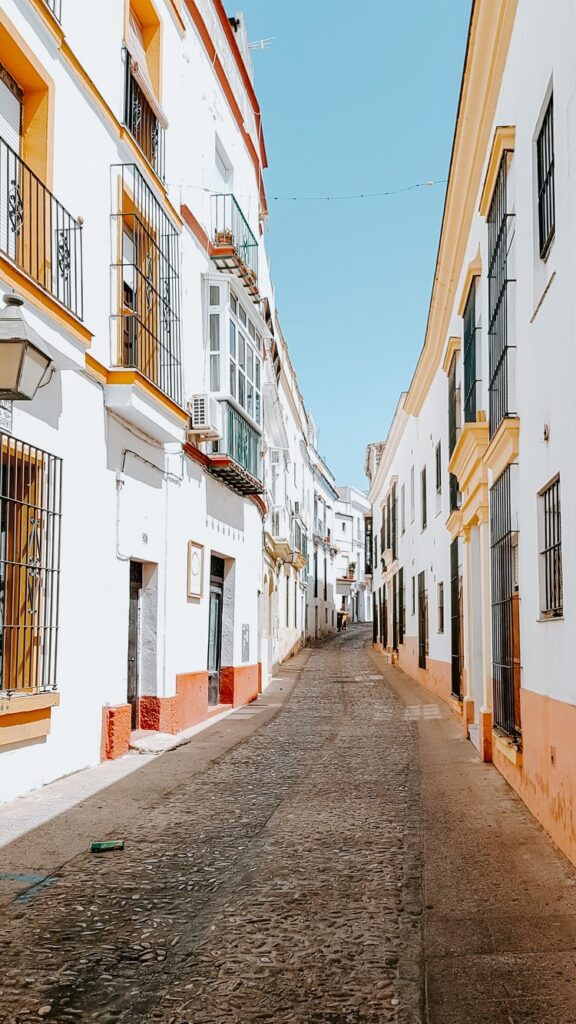
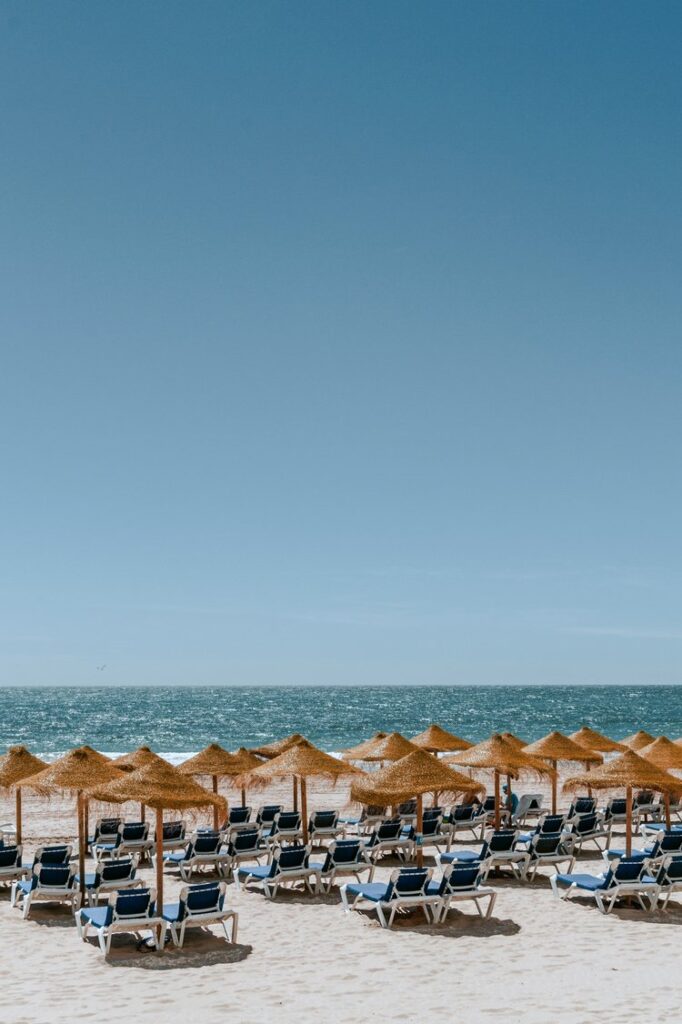
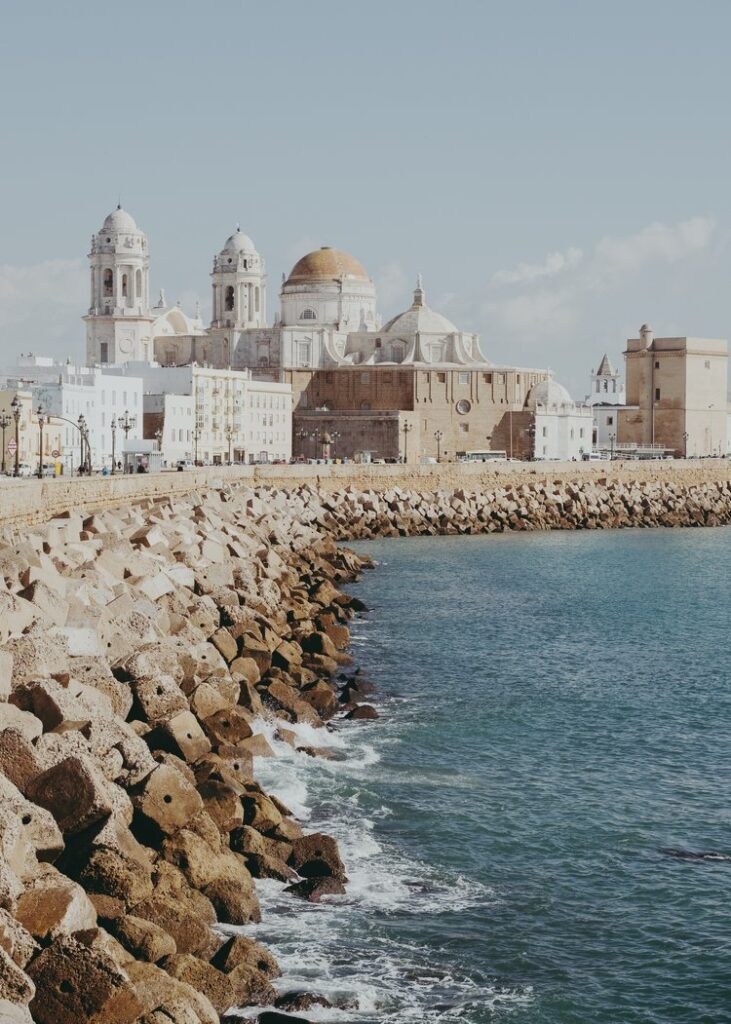
VEJER DE LA FRONTERA

Towards the end of the first day, we made an excursion to the next destination. Perched high above the steep gorge of the River Barbate, the stunningly beautiful Vejer de la Frontera sits atop a hilltop town. We were taken through the labyrinth of white-washed houses while visiting many prized patios that get rewarded during local competitions.
There is a romantic story that history buffs may find amusing, especially travelers to Morocco, who insist that Chefchaouen and Vejer de la Frontera seem like sister cities without knowing that a great love story unites both. The Moroccan emir, Sidi Ali Ben Rachid, once fell in love with a beautiful girl named Zhora, from Vejer (called Bashir during Moorish rule). Vejer was under Arab influence for more than 500 years; hence, Vejer has an ancient Arab feel. They married and were swiftly exiled to Morocco due to the Christian reconquest, in which the couple were forced to settle in a Berber population on the side of a mountain. The emir gained influence and power in the area, but could not ignore the sadness in his beloved’s eyes, who greatly missed home. The emir decided to recreate the town of Vejer and replicate it in Chefchaouen.
Iván took us through the serpentine streets serenaded with beautiful boutiques and restaurants. We loved the vibe so much that we have been back numerous times exploring different parts of the town whilst staying at the Dutch-owned hotel Casa Bonhomía. For food, we can´t get over the delicious Moroccan/Andalusian cuisine at ‘El Jardín del Califa‘, thanks to Iván’s recommendation. The roots of the Middle East merge with those of Cádiz in the kitchen of this emblematic restaurant, where you can feel like you are part of The Thousand and One Nights. Only, this time, through the palate. Some other places we like to eat in Vejer are 4 Estaciones and Corredera 55, especially for the outdoor views.
To end the day, Iván took us on the route back through the surf haven Playa de El Palmar. It’s only 10 kms away from the old town and has been many surfers’ favourite beach for decades.


SEVILLE

On the second day, Iván picked us up from our hotel, Corral del Rey, in Seville. We did the Seville Behind the Scenes tour, which gave us a greater understanding of the city’s particular character and uniqueness. We visited vast courtyards with historic architecture, charming corners and quirky tapas bars frequented by the locals. Resemblance of Phoenicians, Visigoths, Romans, Moors, Jews and Catholic traditions, architecture and food are evident throughout the city.
Iván took us to meet the locals who keep all the local traditions alive. We met nuns, pastors, and the makers of the holy week processions’ uniforms: tunics, hoods and masks, “nazarenos”. The overall experience was beautiful, especially when we had a chance to visit the nuns at Monasteria de San Leandro and buy some pastries.
For lunch, Iván took us to the local market Mercado de Feria. Here, we had an abundance of tapas that kept coming. Expect to find serving at the market pavía de bacalao (cod fish fritters), montadito de pringá (remains of meat that have crumbled when cooking a stew), gazpacho (tomato soup), and a lot of shellfish. This was actually one of our favourite moments in Seville, as the ambience was animated, and the food was delicious!
Planning the trip of your lifetime can be time-consuming, and we were so fortunate to have found Genuine Andalusia. They tailored our dream trip to meet all of our requirements. Iván Ricoy is punctual, generous and very involved with the local community. We have most definitely left feeling like we gained new friends on our travels to Andalusia. We recommend reading our article about our frequent visits to the south-west of Andalusia with this itinerary.
